Foraging Edible Plants Right Outside Your Door
Discover the joy and simplicity of foraging for food and medicine in your backyard with my beginner-friendly guide to wild dining.
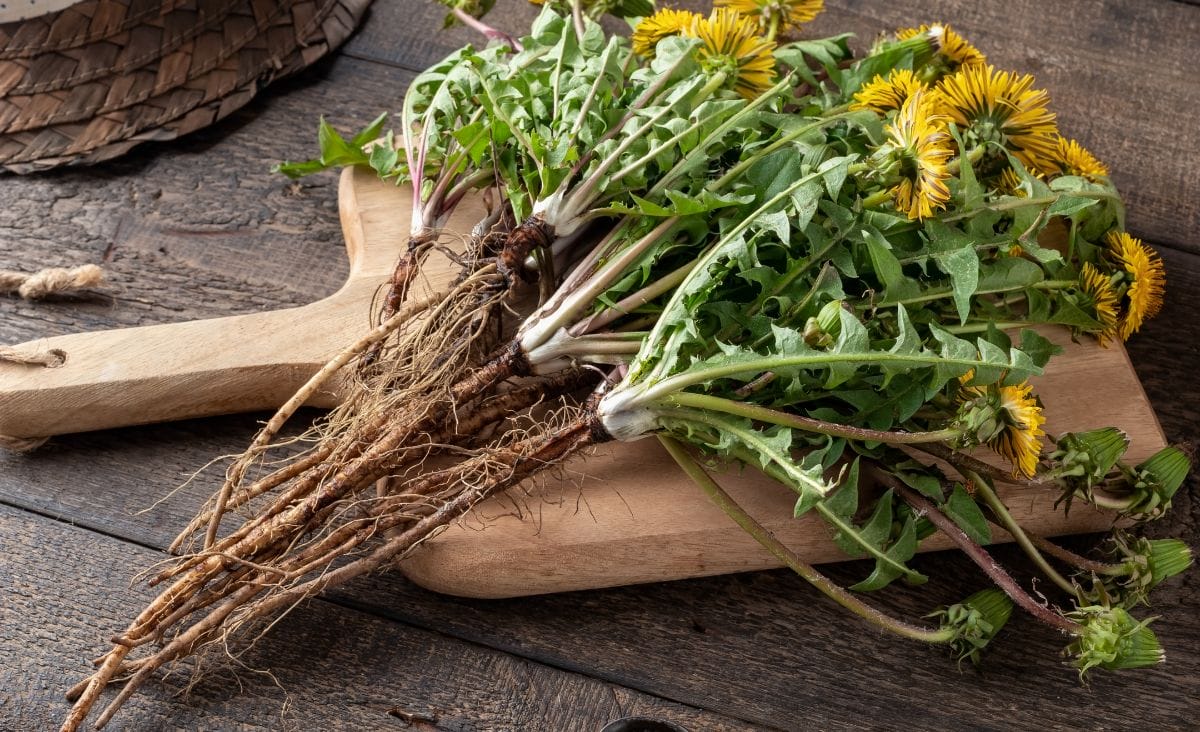
Foraging has become quite trendy in the last few years. It can be a little overwhelming to see the gourmet meals made from wild woods; the techniques and beauty are sometimes so much more than the usual home cook can pull off, but it’s made even more intimidating when trying to learn how to identify the wild foods safely.
Despite all the exotic and sometimes highbrow nature that foraged and wild foods have become of late, it is the earliest form of food harvesting known to humankind. Foraging is as old as life itself and not nearly as overwhelming as it can seem given the current trend. Start learning to forage what grows closest to home, in the backyard, and then build on that knowledge with these easy steps:
Begin with the Basics
Embarking on a foraging journey need not start with rare finds like the King Bolete mushroom. Your backyard is a treasure trove of edible and medicinal plants waiting to be discovered.
Start with familiar sights: the humble dandelion, with its edible flowers, leaves, and roots, and the commonly overlooked plantain, a versatile wild green. Before uprooting those weeds from your garden, take a closer look. Many, like purslane, lamb’s ear, and yarrow, are not only edible but packed with nutrients.
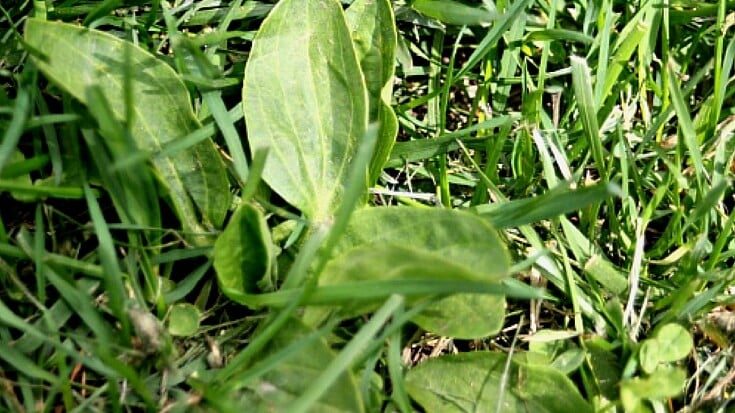
Identifying these plants is your first step towards embracing foraging. A little research can reveal whether a plant is a wild delicacy or best left untouched.
Culinary Creations from the Wild
Transform your harvest into delightful dishes and remedies. Try making dandelion fritters for a unique appetizer, or bake cookies infused with the sweet essence of wildflowers. Experiment with making your own massage oils by infusing wild plants.
Each plant offers a unique flavor and healing property, encouraging you to experiment and discover what resonates with your family’s palate.
Remember, foraging is as much about the journey as it is about the culinary destination.
Recipes for Commonly Foraged Foods
These recipes turn wild finds into delicious dishes:
- Dandelion Greens Salad with Roasted Baby Beets
- Stuffed Morel Mushrooms with Morel Sauce
- Vegan Wild Garlic Pesto
- Not Your Average Nettle Soup
- Purslane Salad with Lettuce, Tomatoes, Cucumbers, and Mint
- Elderflower Cordial
- Easy Homemade Blackberry Jam
- Acorn Flour Pancakes
- Chickweed Pesto
Learning Through Practice
Mastering foraging doesn’t happen overnight. Focus on familiarizing yourself with a few plants at a time. To aid in your learning, local walks, identification guides, and community resources can be extremely helpful. When in doubt, snap close-up shots of plants and compare them with reliable sources at a later time.
Safety Tips
Here are essential tips every beginner forager should follow:
- Positive Identification: Always be 100% sure of a plant’s identity before consuming it. Use reliable field guides, apps, or consult with experienced foragers. When in doubt, leave it out.
- Beware of Look-alikes: Some edible plants have poisonous look-alikes. Familiarize yourself with both the safe and dangerous species in your area to avoid confusion.
- Start Small: When trying a new wild food, start with a small amount to see how your body reacts. Even edible plants can cause adverse reactions in some individuals.
- Forage Away from Pollution: Avoid foraging near busy roads, industrial areas, or places that may be contaminated with pesticides or herbicides. These toxins can accumulate in wild plants.
Community and Knowledge Sharing
Look for nature walks with local experts; many herbalists and community colleges offer simple, day long courses that are perfect for the novice looking to just get a foot into the door of foraging. The Herbarium at the Herbal Academy offers a wealth of resources for aspiring foragers, providing detailed plant profiles, foraging guides, and practical advice on how to use your foraged finds for culinary, medicinal, and wellness purposes, making it an invaluable tool for anyone looking to deepen their understanding of herbalism and natural remedies.
Ask neighbors and other gardeners what’s growing and how to use it. I’ve learned more from walking through someone’s garden and asking questions than I’ve ever learned from a book. Take a class, invite someone knowledgeable over for lunch, and then ask them to tour your yard with you.
Embrace the Adventure
Create outings for the whole family that include foraging. Whether it’s gathering wild berries for a homemade pie or simply exploring the diverse flora of your region, make these moments about enjoyment and exploration. Always keep in mind that foraging is more about enjoying nature than being an expert at it.
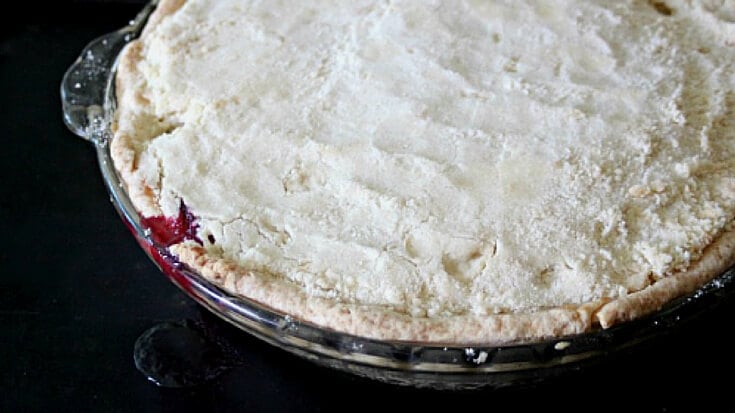
Ethical Foraging Practices
Foraging sustainably and respectfully, according to these practices, guarantees that nature’s bounty will be preserved for generations to come.
- Harvest Responsibly: Take only what you need and never more than a third of a particular plant or mushroom patch to allow populations to regenerate.
- Respect the Ecosystem: Be mindful of the environment and avoid trampling surrounding vegetation. Stick to established paths whenever possible.
- Leave No Trace: Minimize your impact by not leaving any trash behind and by avoiding disturbing wildlife and their habitats.
- Seek Permission: Always get permission from landowners or local authorities before foraging on private lands or in protected areas.
- Adhere to Local Laws and Regulations: Find out what you can and cannot harvest according to the regulations in your area regarding foraging.
- Promote Biodiversity: Avoid overharvesting a single species and be cautious of foraging endangered or threatened plants.
Recommended Reading:
Insightful and practical, Backyard Medicine: Harvest and Make Your Own Herbal Remedies by Julie Bruton-Seal and Matthew Seal teaches readers how to harness the medicinal properties of plants that can be found in their own backyards. This book brings together traditional herbal knowledge with contemporary wellness practices by providing practical guidance on recognizing, gathering, and making herbal remedies.
Thomas Elias and Peter Dykeman’s Edible Wild Plants: A North American Field Guide to Over 200 Natural Foods is a must-have for anybody interested in the wide range of edible plants found in North America. This field guide is a must-have for anyone interested in foraging, hiking, or just learning about the natural foods that grow wild in their area. It has everything you need, including pictures, descriptions, and harvesting tips.
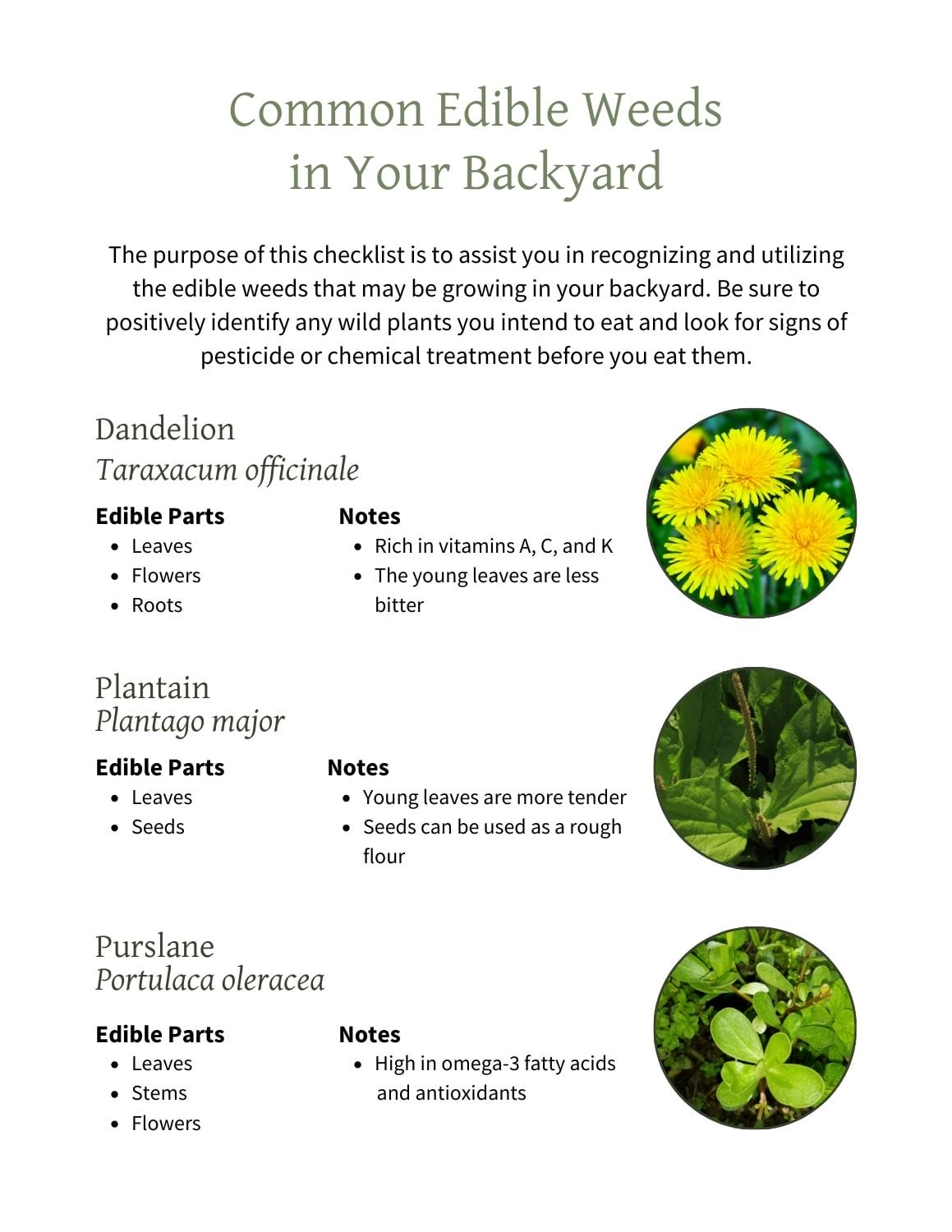
Download my Common Edible Weeds printable to get started in backyard foraging.
Frequently Asked Questions
If you’ve found value in this blog post and enjoyed reading it, why not share it with your Pinterest community? Pin the image below and spread the love!
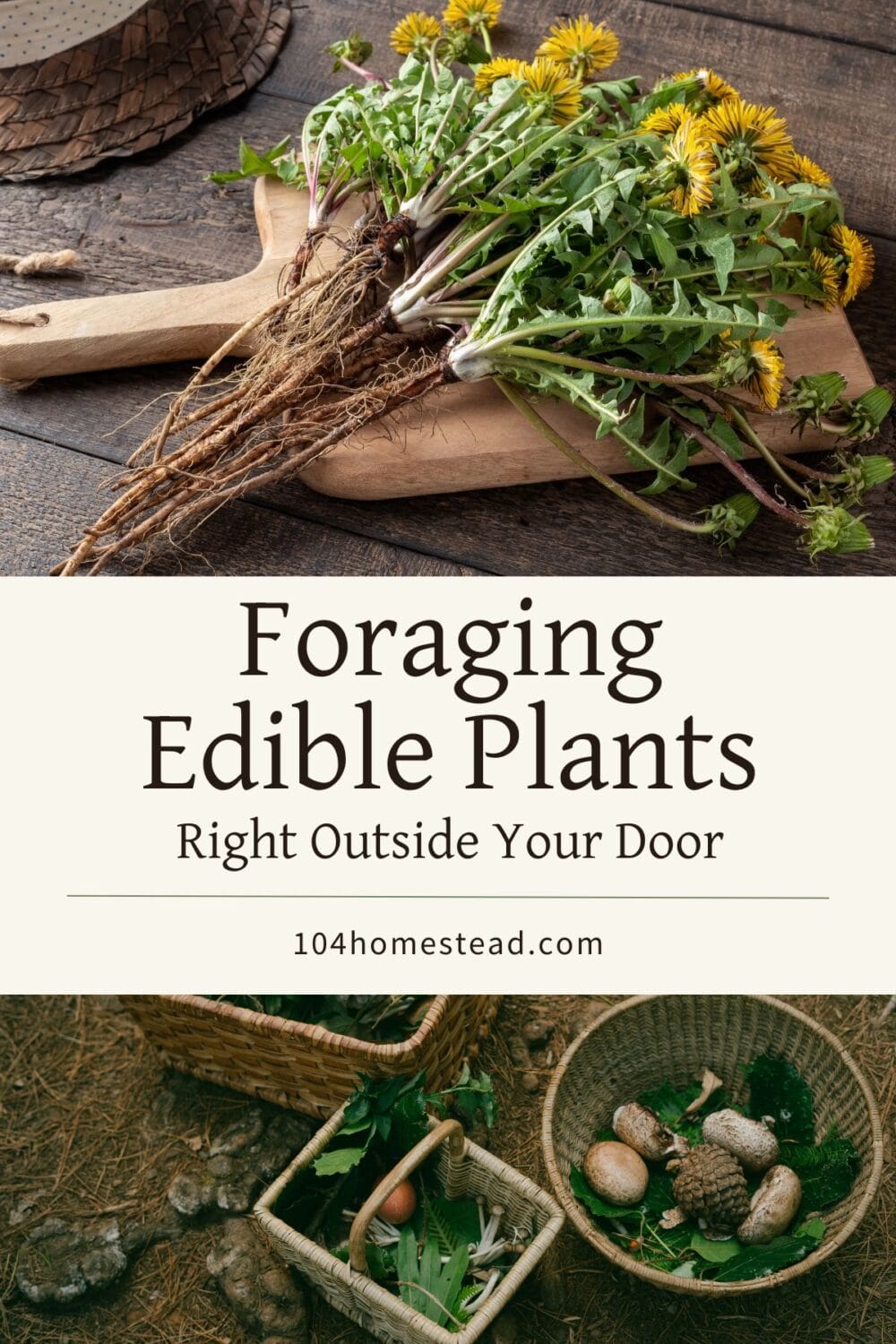
Remember that each step outside is an opportunity to connect with the natural world in a meaningful, sustainable way. Foraging is not just about adding variety to your meals; it’s about reviving an ancient tradition that brings health, joy, and a deeper appreciation for the environment directly into our lives.
Whether you’re crafting a salad from your garden’s wild greens or brewing tea from freshly picked herbs, the adventure of foraging is ripe with possibilities.
What’s the most surprising edible plant you’ve discovered in your own backyard? Share your foraging stories and tips below!
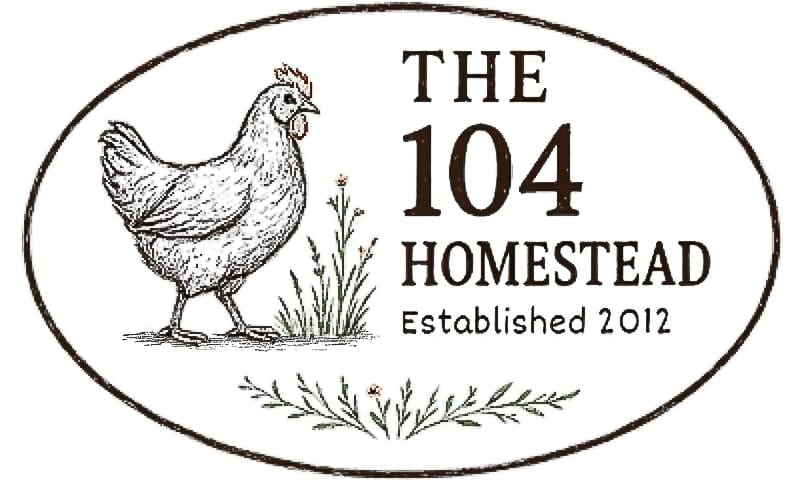
I have Japanese Knotweed (an invasive plant species) growing in my backyard. I’m trying to get rid of it but I heard it was edible. That the young shoots could be used like rhubarb…Have you heard of this for an edible plant?
I don’t have any first hand experience with it, but I found this video that shows how to harvest it for eating: https://www.youtube.com/watch?v=3QzMNKAQo9Y
Great info! I have a few of these growing in my yard right now.
Thanks again for linking up with Green Thumb Thursday!
Lisa
I really need to find a mentor for this. Unless it’s dewberries or wild grapes I have a hard time with plant identification. Thanks for the tips!
Check out your local county extension service or the soil and water conservation district. I have see many classes available through them that teach foraging and plant identification at free or low costs. I have taken a few, they are great fun. Also mushroom walks for with help learning them. Great places to find a mentor!
Great tips. Thank you Olivia!